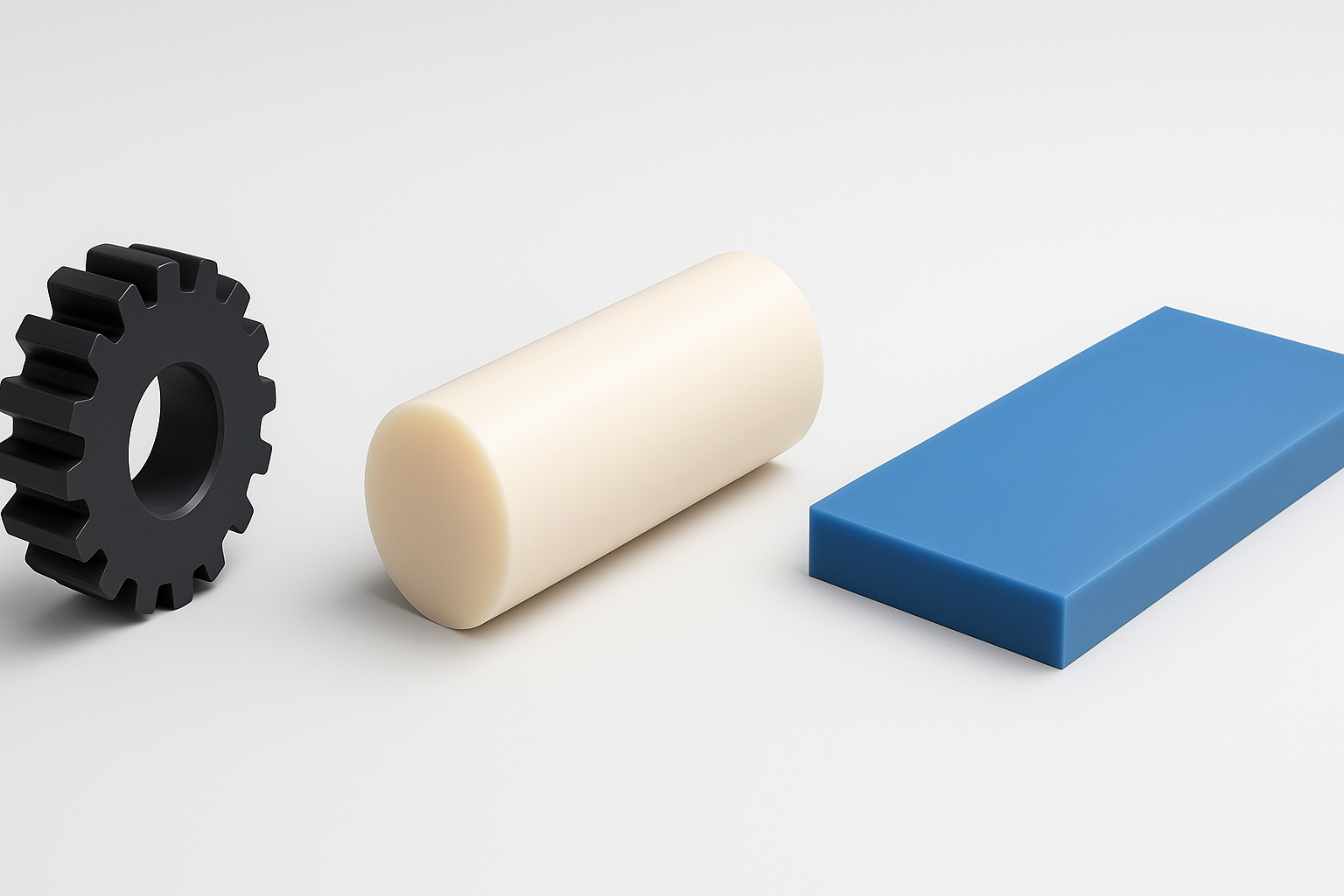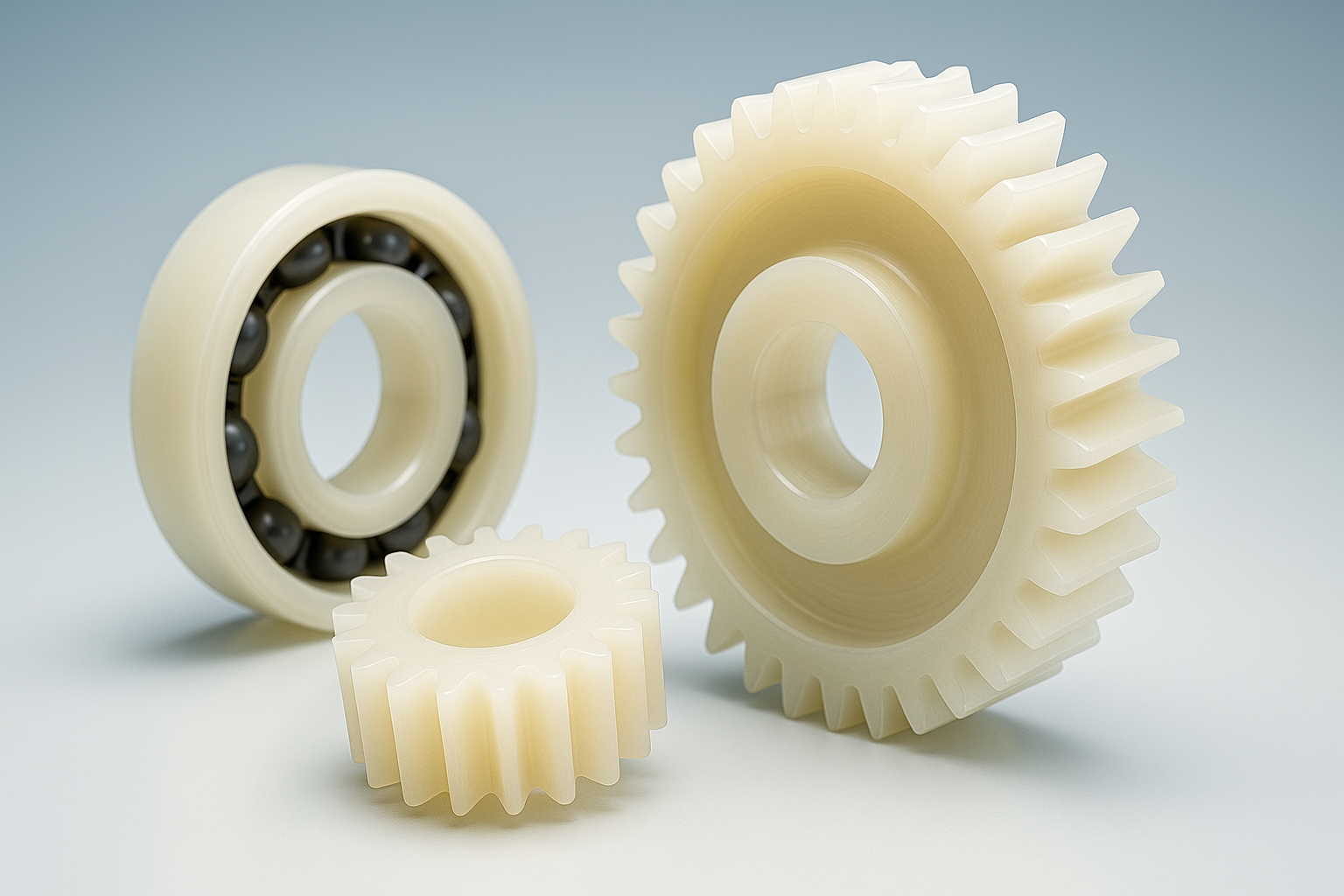What’s the Deal With MC Nylon Colors? Here’s Everything You Need to Know
2025-07-26

Intro
You ask for MC Nylon and get three quotes: black, blue, and natural—each at a different price. Does color really change performance? This short guide unpacks three key facts so you can spend smart.
1 Where Do the Colors Come From?
MC Nylon is tinted with tiny amounts of color masterbatch—less than 2 %—mixed straight into the liquid monomer. It colors the polymer without altering the nylon backbone. Typical shades include natural (off‑white), black, blue, and green.
2 How Much Does Color Affect Performance?
| Property | Natural | Black | Blue | Notes |
|---|---|---|---|---|
| Tensile strength | ★★★ | ★★★ | ★★★ | Pigment load is low; strength is nearly identical |
| UV resistance | ★ | ★★★ | ★★ | Carbon black absorbs UV—better for outdoor use |
| Continuous temp (°C) | 120 | 120 | 120 | Unchanged by pigment |
Bottom line: Mechanical properties are virtually the same; black only stands out for superior UV protection outdoors.
3 Why the Price Gap?
Pigment cost: Blue and green masterbatches run 10‑20 % higher than black.
Branding & tracking: Some suppliers use colors to tag batches or authorized channels.
High price ≠ high performance: Most of the markup is supply‑chain or marketing, not added capability.
4 Three‑Step Color Decision
Check the environment: Long‑term outdoor use → pick black; indoor or hidden parts → natural for best value.
Check identification needs: Multiple batches or materials in one line? Color helps prevent mix‑ups.
Check the budget: If aesthetics or branding aren’t critical, natural is the cost‑effective choice; blue and green only when visual branding matters.
Wrap‑Up & CTA
Color doesn’t change core performance—but black does offer a UV edge, while blue and green mostly serve aesthetic or tracking goals. Ask yourself environment, ID, and budget first to avoid paying for “looks” alone.
Still unsure which shade fits your project? Click below to request free color samples and receive a tailored color‑selection brief within 24 hours!
TAG:
Related News
The Marvel of Composite Materials: A Game Changer in Modern Manufacturing





